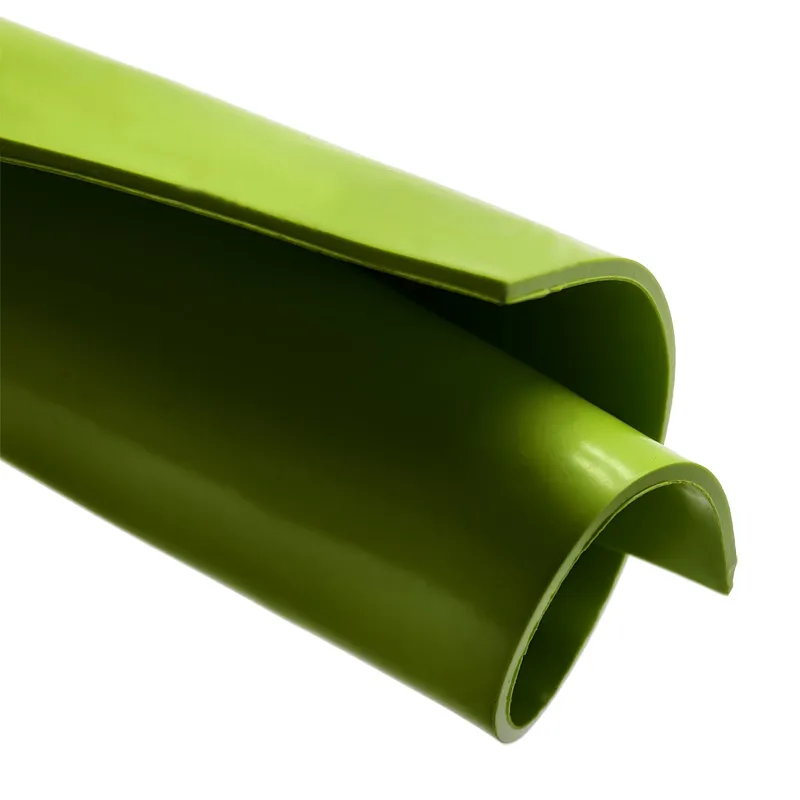What is the Strongest Rubber Compound?
2024-11-01
When it comes to materials engineering, rubber compounds play a crucial role across various industries, from automotive to aerospace and beyond. With an array of rubber types available, each designed for specific applications, understanding which rubber compound stands out for its strength is essential. This blog delves into the strongest rubber compounds, their properties, and their applications.

Understanding Rubber Compounds
Rubber compounds are blends of rubber polymers with various additives to enhance their performance characteristics. These compounds can be natural or synthetic and are tailored for specific requirements, such as flexibility, durability, resistance to chemicals, or extreme temperatures. The strength of a rubber compound is often defined by its tensile strength, elasticity, and resistance to wear and tear.
Top Strongest Rubber Compounds
1. Nitrile Butadiene Rubber (NBR)
Nitrile rubber, commonly known as NBR, is renowned for its excellent tensile strength and resistance to oils and fuels. It is widely used in automotive applications, such as fuel hoses and gaskets. NBR's strength makes it ideal for components that require durability in harsh environments. Its ability to withstand abrasion and tear also contributes to its reputation as one of the strongest rubber compounds available.
2. Styrene-Butadiene Rubber (SBR)
SBR is one of the most commonly used rubber types, especially in tire manufacturing. It offers a balance of strength and flexibility, making it ideal for applications that require wear resistance. The combination of styrene and butadiene gives SBR its robust mechanical properties, making it highly resilient under stress and strain.
3. Ethylene Propylene Diene Monomer (EPDM)
EPDM is known for its exceptional weather resistance, ozone resistance, and tensile strength. It is often used in outdoor applications, such as roofing and automotive weather seals. EPDM's durability against environmental factors and its ability to maintain elasticity make it one of the strongest options for outdoor use.
4. Polyurethane Rubber
Polyurethane rubber is celebrated for its high tensile strength and excellent abrasion resistance. It can outperform many other rubber types in terms of durability and resilience. Polyurethane is often used in industrial applications, such as wheels, seals, and gaskets, where high wear resistance is crucial. Its versatility allows it to be tailored for both rigid and flexible applications.
5. Silicone Rubber
While silicone rubber may not have the highest tensile strength compared to NBR or polyurethane, it excels in temperature resistance and flexibility. Silicone can maintain its properties across a wide temperature range, making it suitable for high-heat applications. Its unique combination of strength and thermal stability makes it an excellent choice for seals and gaskets in automotive and aerospace industries.
Factors Influencing Rubber Strength
The strength of rubber compounds is influenced by several factors, including:
- Polymer Composition: The type of polymer used affects the overall properties of the rubber. Synthetic rubbers like NBR and SBR are engineered for specific performance characteristics.
- Additives: Fillers, plasticizers, and curing agents can enhance the strength, elasticity, and resistance to wear.
- Processing Techniques: The method of mixing and curing rubber can impact its final properties. Proper curing ensures that the rubber achieves its maximum strength.
Conclusion
Selecting the right rubber compound for a specific application is crucial for ensuring performance and durability. Nitrile butadiene rubber (NBR), styrene-butadiene rubber (SBR), EPDM, polyurethane, and silicone each offer unique strengths suited to various demands. Understanding these materials can lead to better choices in product design and application, ultimately enhancing the reliability and lifespan of rubber components.
In summary, while NBR and polyurethane are often at the forefront when discussing strength, the best choice depends on the specific requirements of the application at hand. Whether it’s resistance to chemicals, wear, or extreme temperatures, there’s a strong rubber compound that meets the challenge.


